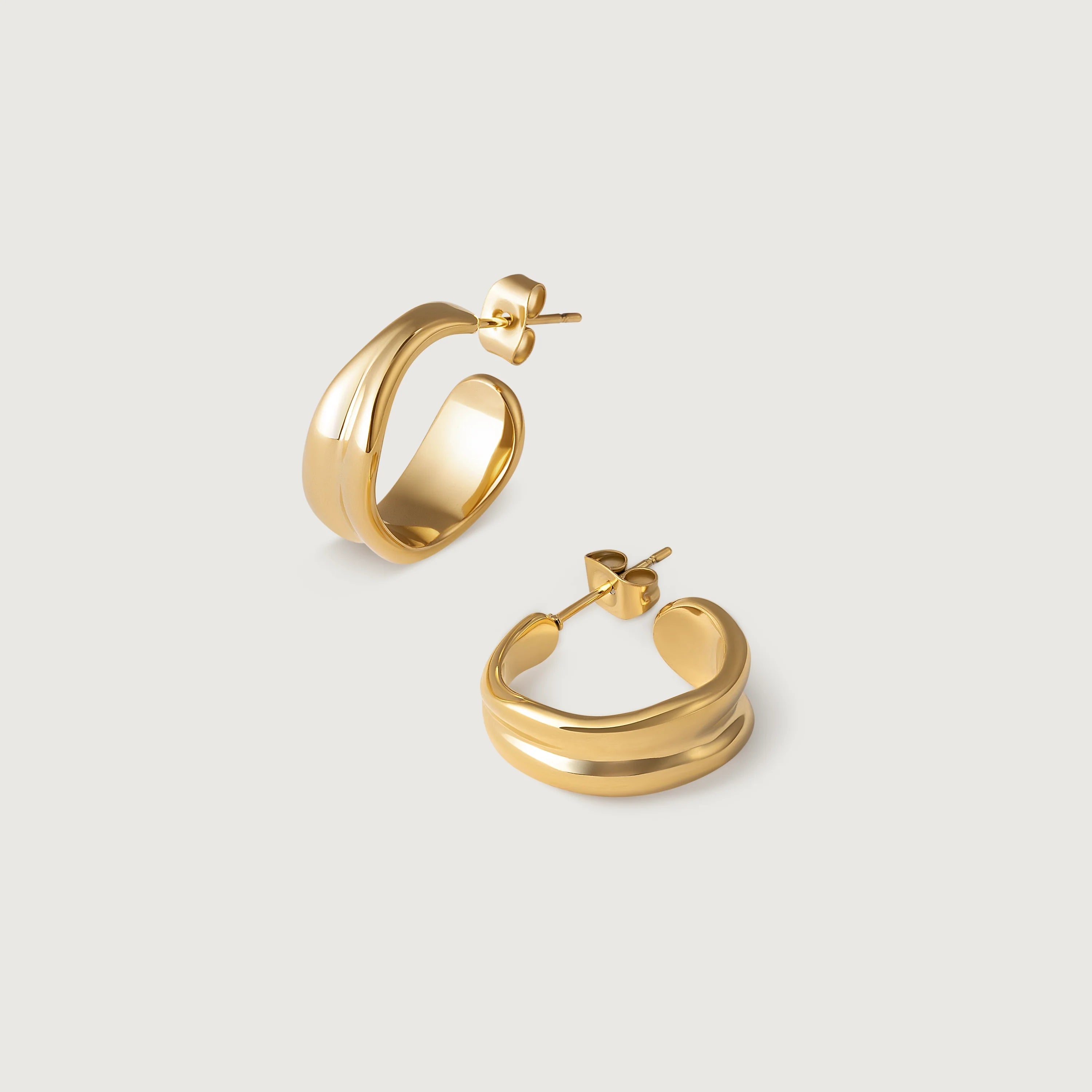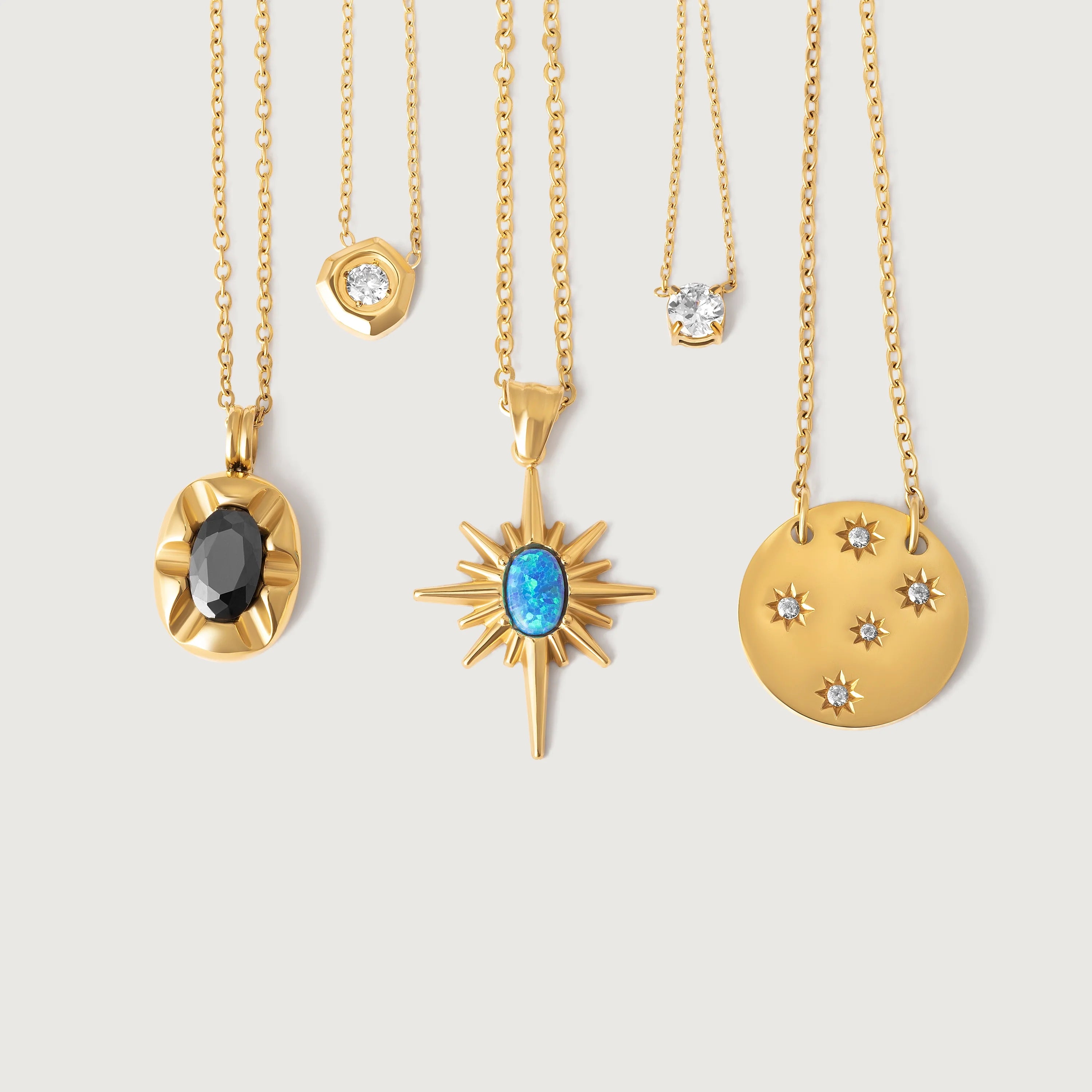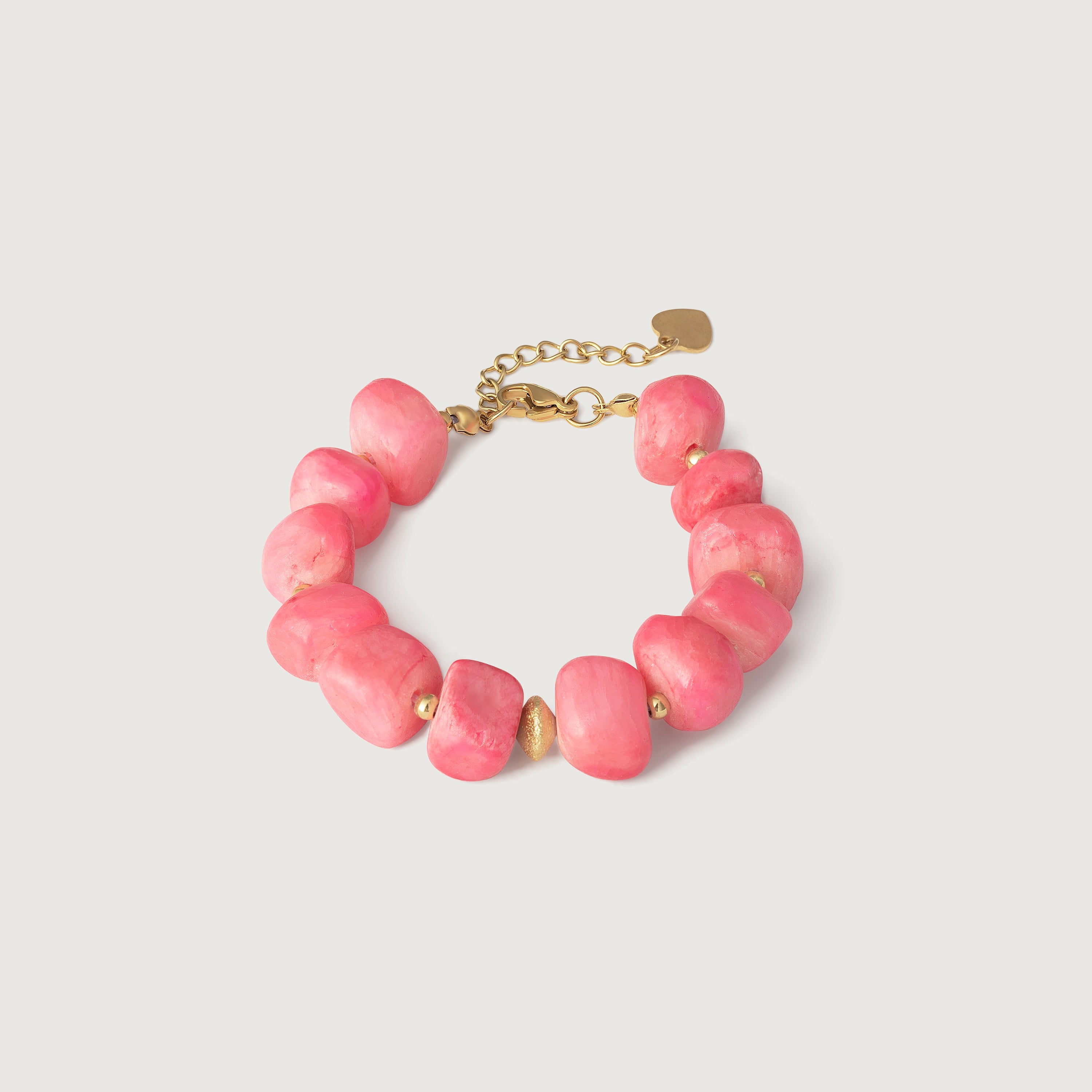Hypoallergenic Gold Plated Jewelry: The Truth About Sensitive Skin
If you have sensitive skin or known metal allergies, you've likely learned to be cautious. This article delves into why gold plated jewellery, even when tagged as "hypoallergenic," frequently causes problems. We'll break down what the terms mean, uncover the common culprits behind skin reactions, and explain why that shiny gold layer might not be the protection you think it is.
At Kaleya Studio, we understand the importance of skin-safe jewelry. All our pieces are crafted with high-quality base metals such as stainless steel or recycled sterling silver, ensuring that our hypoallergenic promise is one you can trust. Our commitment goes beyond the surface – literally.
De-Coding the Labels: Gold Plated vs. Hypoallergenic
To understand the issue, we first need clarity on the terminology that often confuses consumers and leads to disappointing purchases.
What Exactly is Gold Plated Jewellery?
Gold plating is a process where a microscopically thin layer of real gold is electrically or chemically bonded onto the surface of a different base metal. Understanding this construction is crucial to recognizing potential issues:
- The Base Metal: This forms the core structure. Common base metals include brass (copper-zinc alloy), copper itself, zinc alloys, stainless steel, and sometimes nickel – a frequent cause of allergies.
- The Gold Layer: While genuine gold, this layer is incredibly thin, measured in microns (one-thousandth of a millimetre). Standard fashion jewellery plating might only be 0.5 to 2.5 microns thick.
- The Key Issue: This thin gold layer is vulnerable. It can wear away over time due to friction, contact with skin oils, sweat, lotions, perfumes, and general use.
What Does "Hypoallergenic" Mean in Jewellery?
The term "hypoallergenic" suggests something is less likely to cause an allergic reaction than standard alternatives. However, the reality is more complex:
- Crucial Fact: It's NOT a regulated term in the jewellery industry in the UK, EU, or US. There's no official standard or certification required to use this label.
- Common Meaning: Brands typically use it to imply the absence of nickel, the most common metal allergen found in jewellery.
- The Limitation: While avoiding nickel helps many people, it's not a universal guarantee. Some individuals are sensitive to other metals like copper or cobalt, which can still be present even in "nickel-free" pieces.
Important to Remember
"Hypoallergenic" doesn't automatically mean "allergy-proof" for everyone. The term's lack of regulation means its definition can vary significantly between manufacturers.
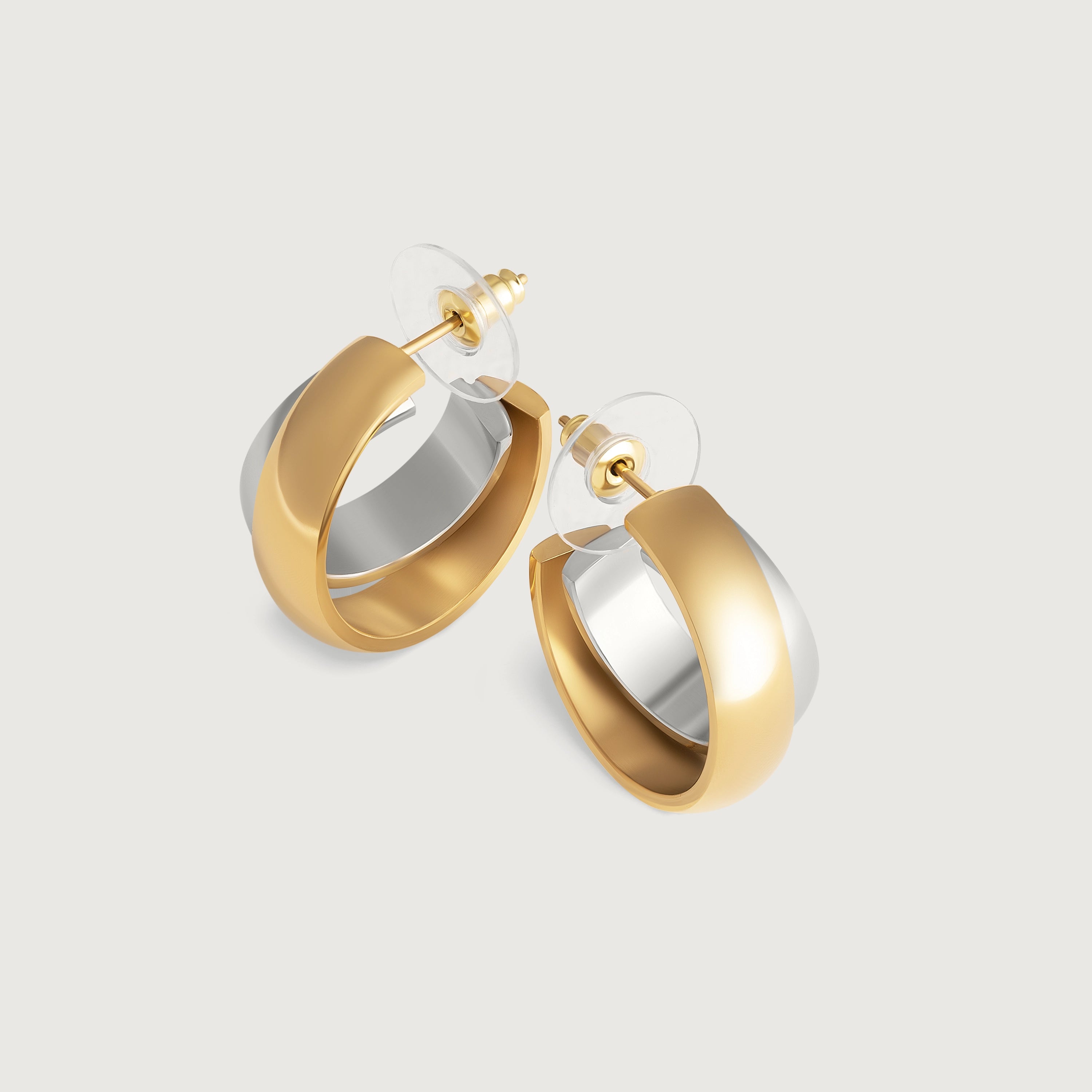
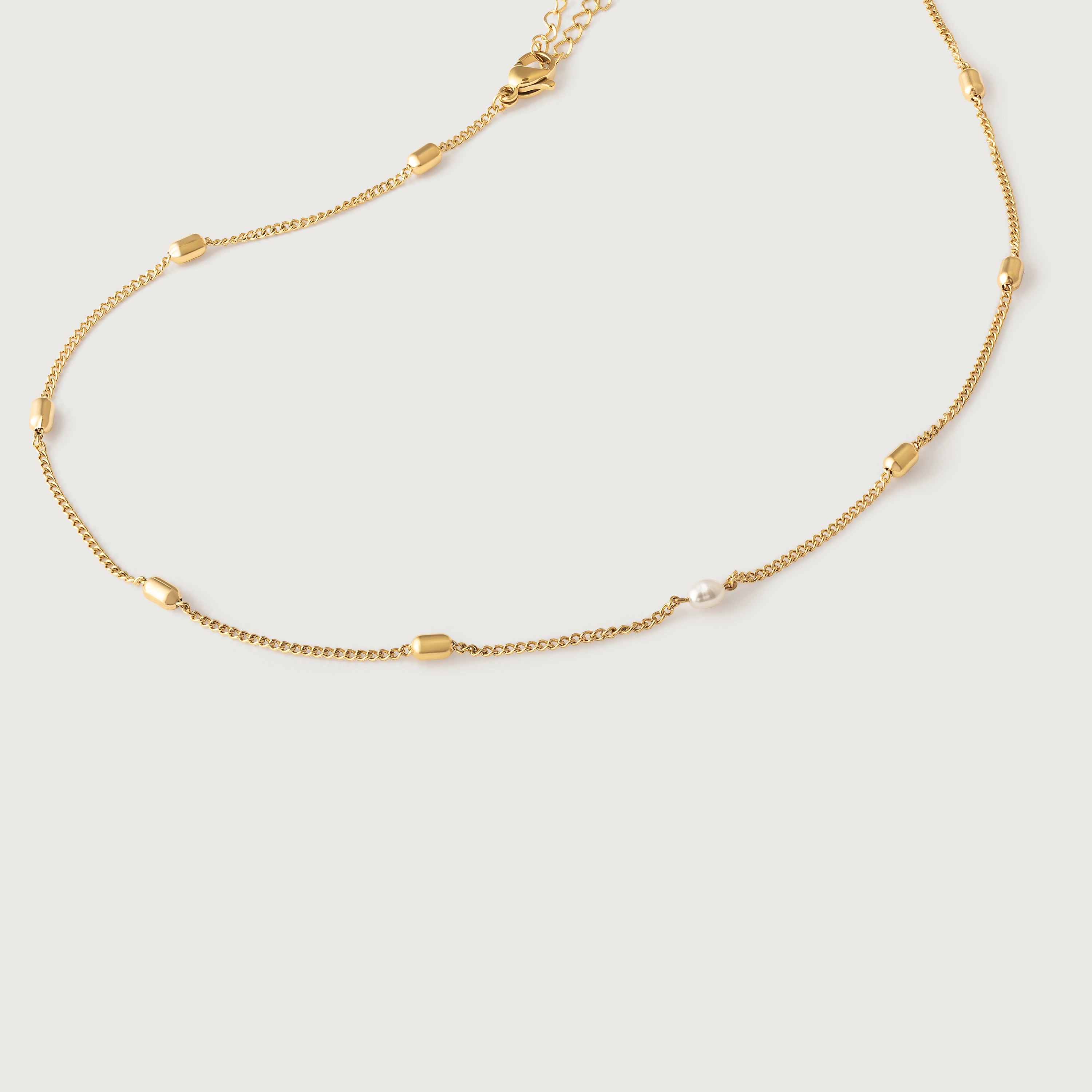
The Science Behind the Reaction: Why Plated Jewellery Irritates
Understanding how reactions happen reveals why plated jewellery is often problematic, even when initially labeled as safe.
The Usual Suspect: Nickel Allergy
Nickel allergy is a leading cause of Allergic Contact Dermatitis (ACD) from jewellery, affecting an estimated 10-15% of the population:
- Why Use Nickel? It's historically used to make base metal alloys harder, shinier, more durable, and cheaper to produce.
-
The Body's Response: For those allergic, skin contact with nickel triggers an immune response, leading to symptoms like:
- Redness, itching, burning sensations
- Rashes, bumps, or small blisters
- Dry or scaly patches
- Symptoms typically appear directly under or around where the jewellery touched the skin
Plating Doesn't Last Forever: The Wear-Off Factor
That thin gold layer is essentially temporary protection. It degrades due to several factors that are part of normal wear:
- Friction: Rubbing against skin and clothes (rings and bracelets are most affected)
- Chemicals: Reactions with sweat, skin oils, soaps, lotions, perfumes, sanitisers
- Time & Use: The more it's worn, the faster it wears down
As the plating thins or chips away, the protective barrier fails, exposing the base metal beneath.
The Underlying Issue: Base Metal Exposure
This is the critical point for sensitive skin: When the gold plating wears off, your skin makes direct contact with the base metal underneath.
- Nickel Lurking Below: If that base metal contains nickel (which is common in inexpensive jewellery), a reaction is highly likely for someone with a nickel allergy, regardless of the plating that was initially on top.
- Other Metal Sensitivities: Even if the base is nickel-free (like brass or copper), direct skin contact can still trigger reactions in people sensitive to those specific metals.
The initial "hypoallergenic" status of the plating becomes irrelevant once the underlying metal – the real source of potential irritation – is exposed through wear.

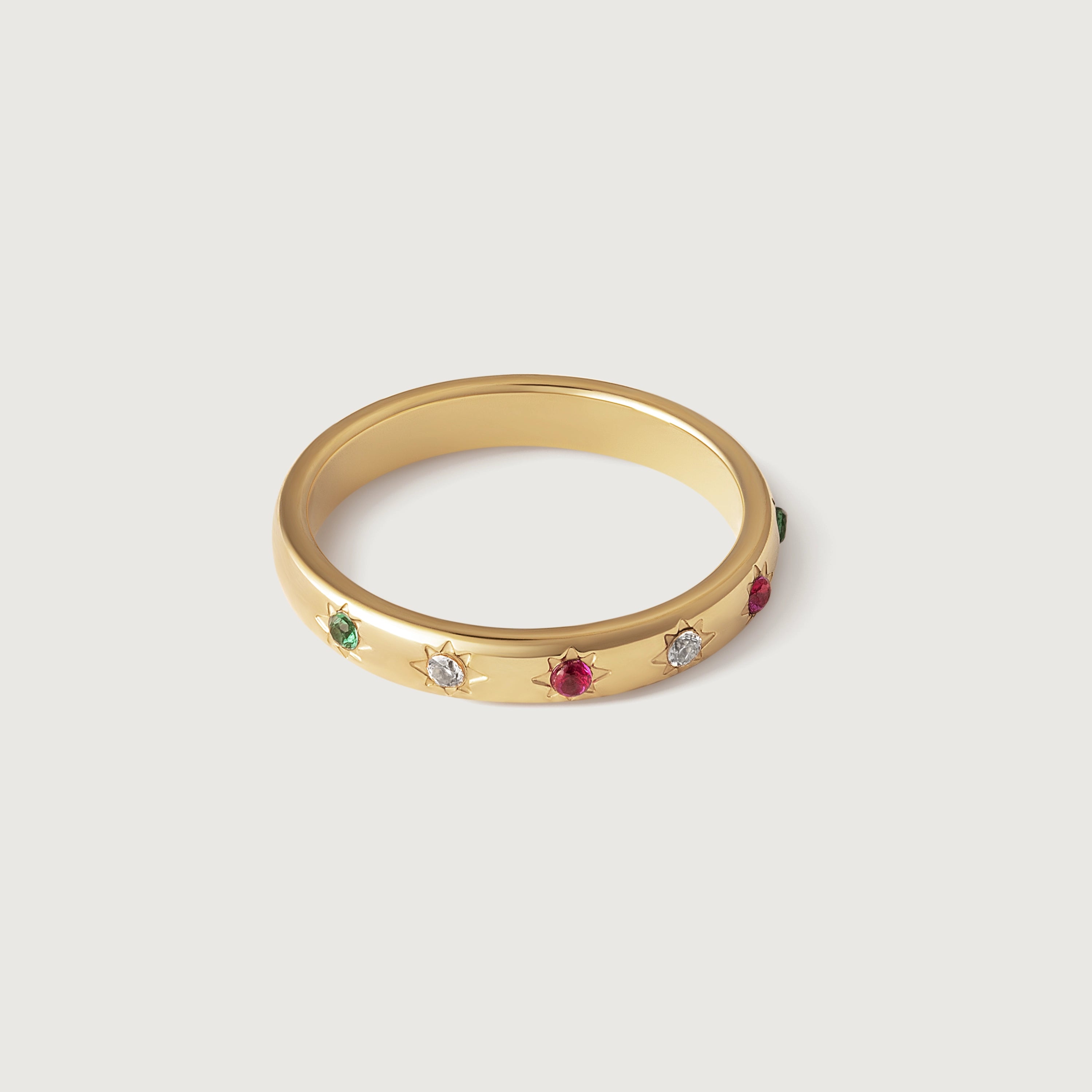
The Verdict: Can Sensitive Skin Tolerate "Hypoallergenic" Plating?
Given the facts, can you rely on the "hypoallergenic" label on gold plated items? The answer requires careful consideration.
The Short Answer: For individuals with known metal sensitivities, especially nickel allergy, standard gold plated jewellery marketed as "hypoallergenic" is generally NOT a reliable or safe long-term choice.
Why the Caution is Necessary:
- Base Metal Roulette: Unless the seller explicitly guarantees a specific nickel-free and otherwise non-reactive base metal (like pure sterling silver in vermeil), you're often unsure what lies beneath the gold.
- Plating is Temporary: Even high-quality, thicker plating eventually wears down, especially on high-contact items. The protection it offers is inherently limited.
- The Label's Limits: The unregulated "hypoallergenic" term often only refers to the initial state or the plating itself, ignoring the inevitable wear and potential for base metal exposure.
What Makes Truly Hypoallergenic Jewelry?
Understanding what to look for can help you make informed choices that prioritize both style and skin health:
- Quality Base Metals: Stainless steel, sterling silver, and titanium are excellent hypoallergenic foundations
- Transparent Material Disclosure: Reputable brands clearly state what base metals they use
- Thicker Plating: While not permanent, thicker gold plating (5+ microns) lasts longer and provides better protection
- Third-Party Testing: Some manufacturers provide nickel-release testing results for added assurance
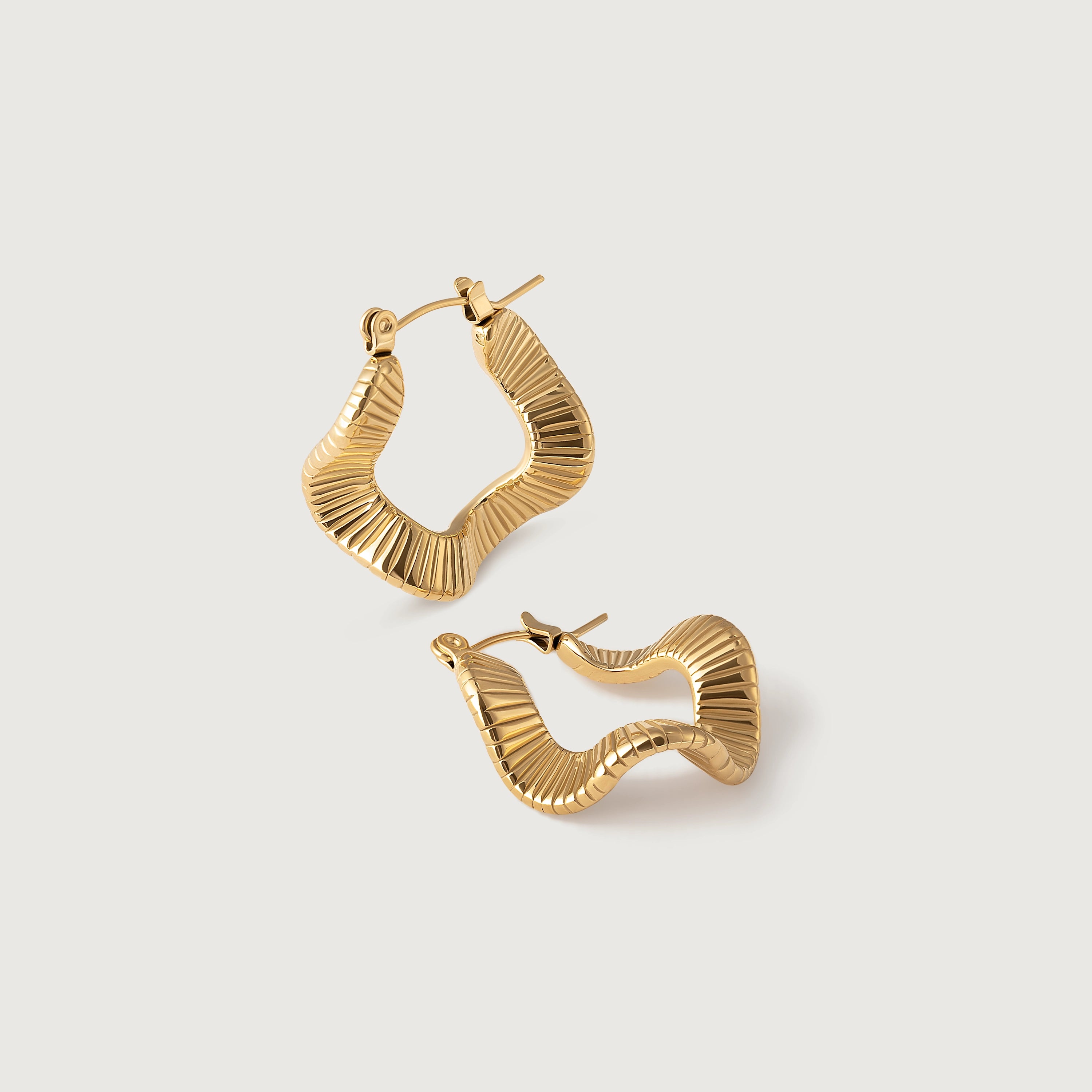
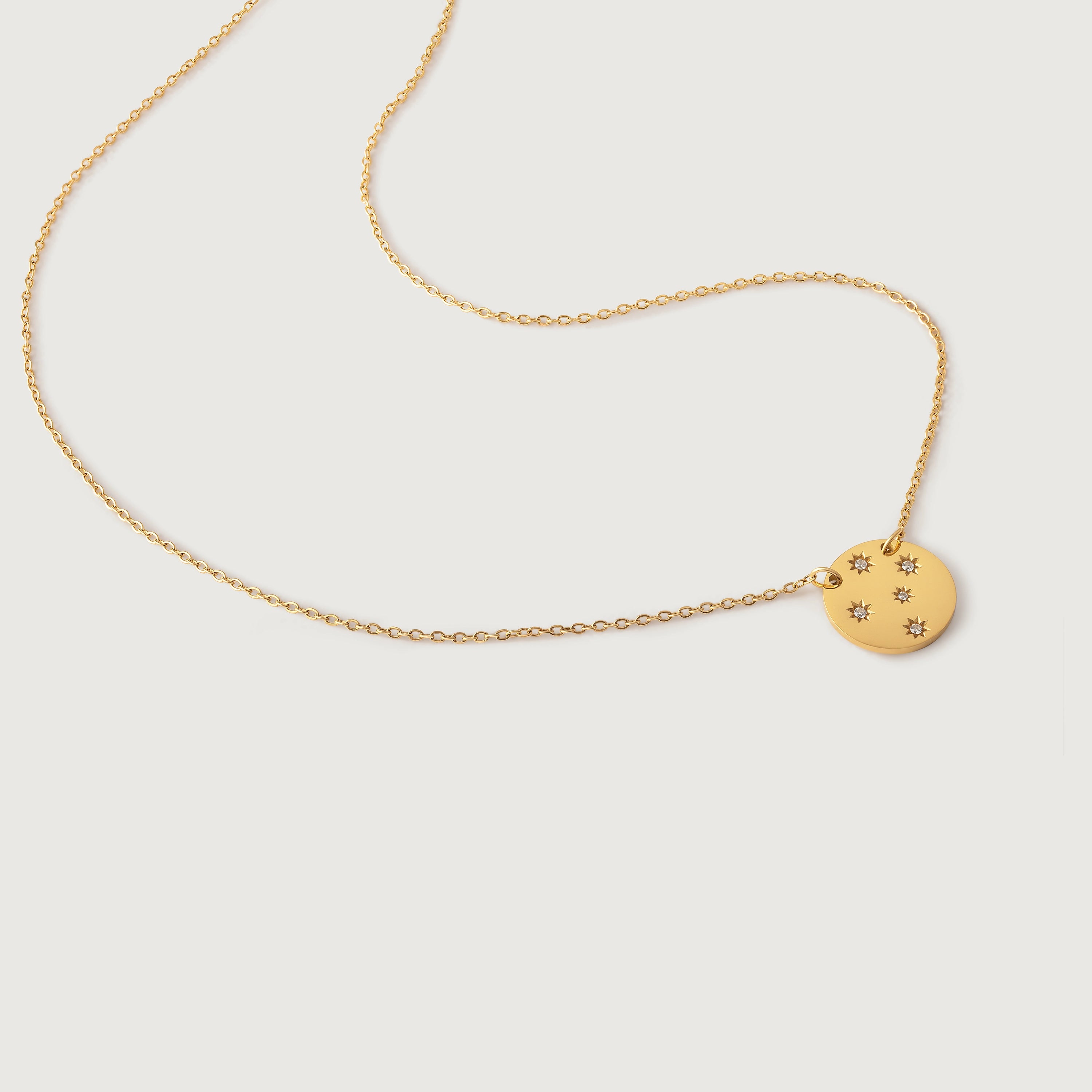
True peace of mind comes from choosing jewelry brands that prioritize material quality from the foundation up, not just the surface finish.
Conclusion: Understanding the Risk is Key
Gold plated jewellery offers tempting style at an affordable price, but for those with sensitive skin, the "hypoallergenic" label often provides false security. The thin gold layer is prone to wearing away, exposing the underlying base metal – which is frequently the source of allergic reactions, especially if it contains nickel.
Recognising that plating is temporary and that the base metal composition is crucial is key to avoiding discomfort. While thicker plating or specific base metals might offer better odds than standard plated items, choosing jewelry from brands committed to quality base metals eliminates the risk entirely.
Frequently Asked Questions
Ready for truly hypoallergenic jewelry?
Discover Kaleya Studio's collection of beautiful gold plated pieces crafted with premium hypoallergenic base metals. Experience the luxury of gold with the confidence of skin-safe materials.
